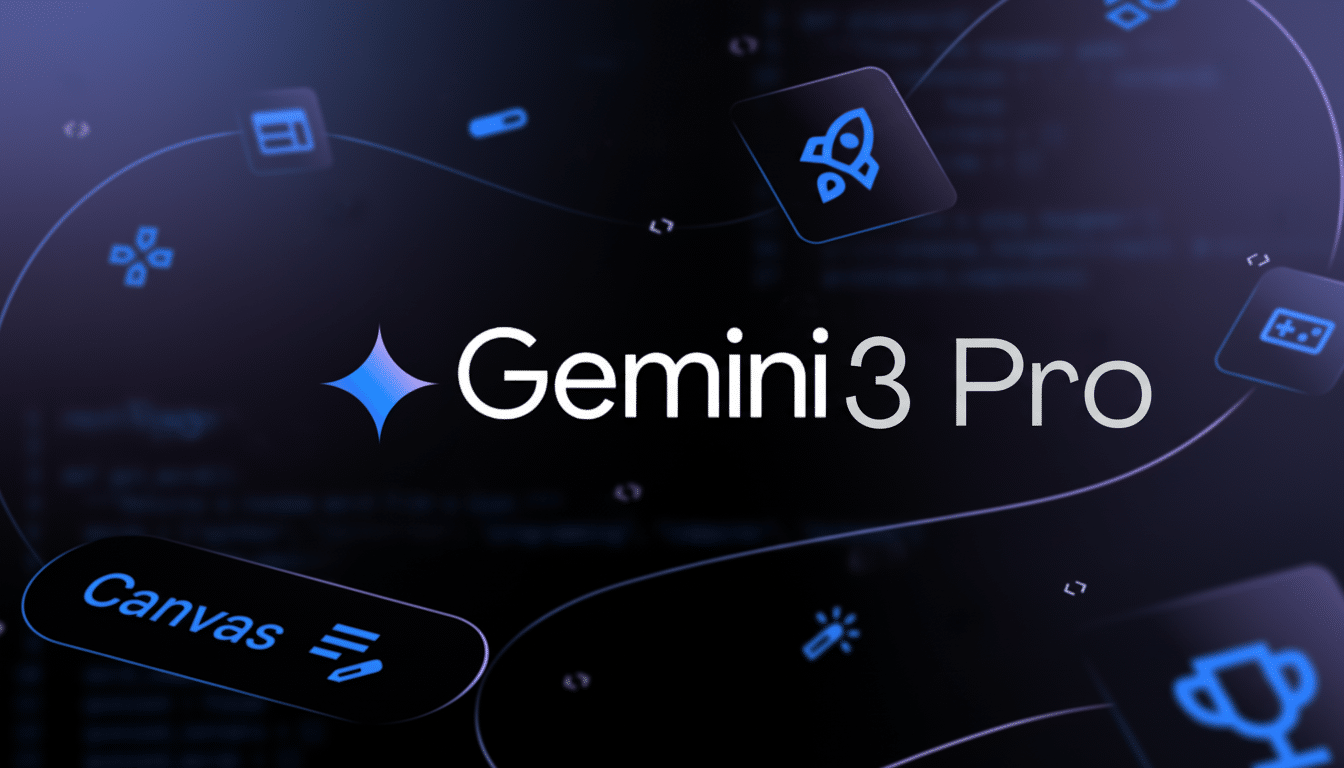Google is cracking down on those trying for a free ride on Gemini 3 Pro after overwhelming interest filled up its latest AI models. By April 27, as The Register previously reported, the company rushed through free access — in a fluid “Basic access” tier — for Gemini 3 Pro and slashed daily image allowances on Nano Banana Pro, clearly indicating that market demand took them by surprise, and the realities of delivering bulkier multimodal workloads at scale have burst their bubble.
What changed in the free tier for Gemini 3 Pro access
Free users were only allowed five prompts daily in Gemini 3 Pro (the number was the same even prior to the original release of Gemini). That fixed cap is gone. Instead, “Basic access” now applies, with daily thresholds that can change regularly depending on system load.

On the image side, Nano Banana Pro currently only gets 2 free generations per day, with the allowance resetting each day. Google has also scaled back some NotebookLM functions for free users, temporarily suspending access to Infographics and Slide Decks, and has added extra guardrails for a few paying subscribers, too.
The changes were initially spotted by independent watchers and on product pages, and they match 9to5Google's report that the new access-tier language and change to dynamic caps were also seen.
Why Google is turning off the tap on free usage
Gemini 3 Pro emphasizes complex reasoning and multimodal input, which is computationally expensive. Each extra request incurs a load on the entire system, across data centers and from TPUs to memory bandwidth, and the cost of generating an image compounds that. After an attention-getting launch drives up usage, companies typically degrade free access to keep latency from spiking and to safeguard reliability.
This is a common pattern throughout the industry. OpenAI and Anthropic are among those who fluctuate free message caps depending on demand, while image platforms have switched between credit-based testing and waitlists to handle surges. Google’s decision is about the same calculus: keep the experience fast for active users, deter abuse, and convert power users to paying plans when they need sustained throughput.
What it means for users of Gemini 3 Pro and NotebookLM
Casual users might not notice, but as creators get into the habit of working on their image drafts every day or reasoning things out at length, they are going to hit the ceiling sooner than they think should be possible. The biggest difference is unpredictability: rather than a fixed quota, those limits can change along with demand, encouraging users to distribute work more evenly or perhaps try times when capacity traditionally opens up at off-peak hours.

NotebookLM’s temporary rollback is notable. Visual features such as Infographics and Slide Decks are also beloved for encapsulating research into shareable content; pausing them suggests Google is focusing on basic responsiveness as it scales infrastructure. The fact that even Pro users are getting additional rate controls suggests there’s heavy silliness at play throughout the system, not just a rigid line drawn between free and paid.
The business and infrastructure side of things
Alternatively, dynamic free tiers are a capacity lever and funnel both. By dropping free limits on premium workloads, Google encourages heavy users toward a paid route while still allowing for discovery at scale. The AI Pro Plan, priced at 20 USD per month, is the escape hatch for those enthusiasts and professionals who require continuous headroom.
And under the hood, this is also a story about cost discipline. Inference can accidentally become the dominant contributor to operational bills, especially for large, multimodal models. Dynamic caps work to flatten demand spikes, help with queuing, and meet latency targets. We will have the ability to add more and finer-grained controls over time, potentially down to a priority tiering level, capacity routing by region, as well as prompts that are aware of workload, consistent with light operations when we’re busy.
Practical tips for navigating the new limits
- Batch tasks and leave heavier runs for when you can devote an entire session, rather than trickling requests throughout the day.
- When doing image work on Nano Banana Pro, keep iterating at draft resolution rather than committing to final generations.
- Keep prompts simple; a more to-the-point chat flow reduces unnecessary retries and abandoned tokens.
If you are prototyping workflows or creative pipelines, it may be worthwhile to upgrade while caps are in a state of flux. Or combine with a small local model for trivial text transforms and save Gemini 3 Pro for complex reasoning, tool use, or multimodal steps where it excels.
Outlook for the free tier and paid plan experience
The not-so-subtle writing’s on the wall: people like Gemini 3 Pro enough to compete for it, and Google isn’t afraid to throw its weight around too. Limits could also ease as infrastructure scales and usage patterns normalize — just as they might tighten in a wave of new features. In the meantime, you can expect a variable free tier, but an overall more stable experience on paid plans, and a company that will go to great lengths in order to help keep Gemini’s performance — and therefore its costs — under control.

